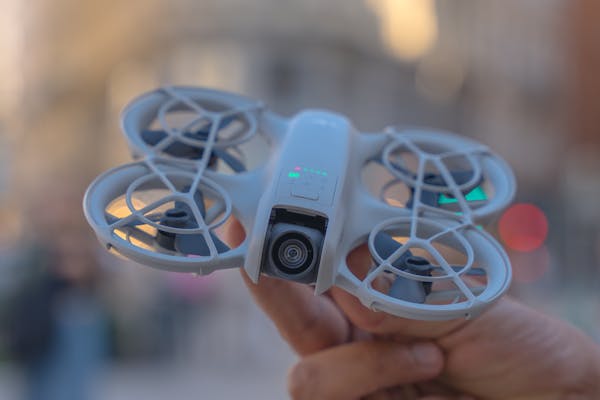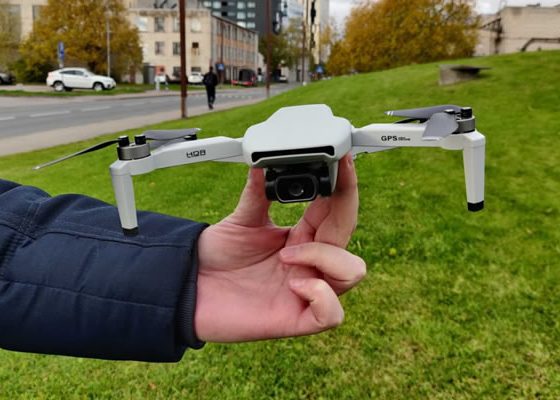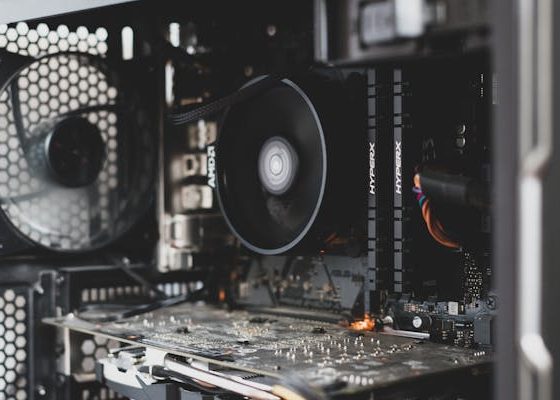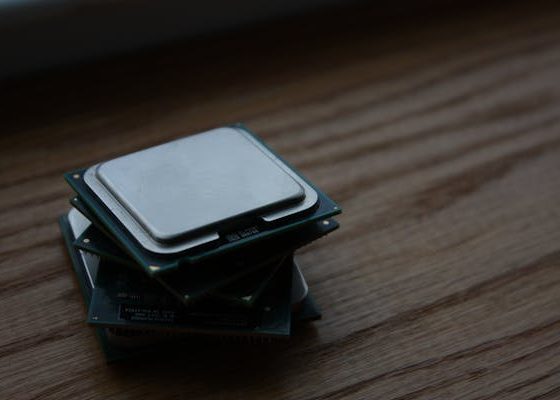DJI, a global leader in drone technology and aerial imaging systems, has long been synonymous with innovation. The company’s relentless pursuit of perfection in its drones and gimbals has now extended to robotics. One of the latest additions to their portfolio is the DJI Neo, a sophisticated robot that promises to reshape how we perceive autonomous systems. Whether you’re in a corporate setting, a research lab, or an educational institution, the DJI Neo offers cutting-edge features that make it a game-changer in robotics. In this article, we will explore the features, capabilities, and potential applications of the DJI Neo, while also diving into DJI Neo Specs

Overview of the DJI Neo
DJI Neo is part of DJI’s efforts to move beyond its traditional expertise in drones and expand into ground-based robotics. Built on a robust AI platform, DJI Neo is designed to perform a variety of tasks with precision, efficiency, and intelligence. The robot excels in complex environments, thanks to advanced obstacle avoidance, 3D mapping, and AI-driven decision-making capabilities.
This move into robotics fits well into DJI’s larger vision of a future where intelligent machines can assist humans in various fields—from automated manufacturing to cutting-edge research. The Neo aims to provide a fully integrated system that combines mobility, manipulation, and a high degree of autonomy, all packaged in an aesthetically pleasing design.
Key Features
Before delving into the DJI Neo specs, let’s take a closer look at the standout features that make it unique.
- Advanced AI Algorithms DJI Neo utilizes AI-driven algorithms to make real-time decisions in unpredictable environments. It can navigate autonomously using its sensor fusion technology, which integrates data from multiple sensors to build a comprehensive map of its surroundings.
- Robust Mobility System Unlike typical robots that struggle in dynamic environments, the DJI Neo comes equipped with a robust mobility system. It can traverse different terrains with ease, thanks to its multi-directional wheels and advanced balancing technology. This makes the robot perfect for applications in warehouses, laboratories, and even outdoor environments.
- Autonomous Learning and Adaptation The DJI Neo isn’t just a pre-programmed machine. Thanks to its AI-driven framework, it learns from its environment and adapts to new conditions. Whether it’s navigating through a cluttered room or interacting with objects, the robot can continuously refine its behavior.
- High-Precision Manipulation DJI Neo comes equipped with a robotic arm that offers precise manipulation capabilities. This is one of its standout features, making it an excellent choice for industries that require precision, such as research labs or automated manufacturing lines.
- 3D Mapping and SLAM Technology To navigate efficiently, DJI Neo uses Simultaneous Localization and Mapping (SLAM) technology. This allows it to create real-time maps of its environment while keeping track of its own location, enabling it to work effectively in unknown or changing environments.
- AI-Based Obstacle Avoidance Equipped with state-of-the-art sensors and machine learning algorithms, DJI Neo can detect and avoid obstacles in real-time. This feature ensures that the robot can safely maneuver in environments where humans or other machines may be operating.
- Seamless Integration with DJI Ecosystem The DJI Neo is fully compatible with DJI’s suite of products and software, including drones, cameras, and control systems. This allows for integrated operations, such as controlling both aerial and ground-based machines simultaneously, making it ideal for industries like film, security, and emergency response.
DJI Neo Specs: A Deep Dive into Technical Specifications
Understanding the technical specifications of the DJI Neo gives us a clear insight into its power and capabilities. These DJI Neo specs illustrate how the robot is positioned to be a groundbreaking tool in various applications.
Core Components
- Processor:
- The DJI Neo is powered by an ARM-based processor with a quad-core architecture. This ensures that the robot can handle complex AI tasks, real-time decision-making, and autonomous operations without lag.
- AI Chip:
- A dedicated AI chip, similar to the ones found in DJI drones, powers its decision-making and sensor fusion capabilities. This allows for faster processing of image data and environment mapping, making the robot exceptionally quick in adapting to new conditions.
- Sensors:
- The DJI Neo comes equipped with a suite of sensors, including:
- LIDAR (Light Detection and Ranging) for real-time mapping and object detection.
- Ultrasonic sensors for close-range obstacle avoidance.
- Infrared sensors for detecting heat signatures, useful for applications in security and search-and-rescue missions.
- Visual sensors including wide-angle and stereo cameras for 3D vision.
- The DJI Neo comes equipped with a suite of sensors, including:
- Battery:
- The battery life of the DJI Neo is one of its most significant selling points. It can operate for up to 8 hours on a single charge, depending on usage intensity. The battery is swappable, enabling continuous operation in 24/7 industrial settings.
- Connectivity:
- DJI Neo supports multiple connectivity options, including 5G, Wi-Fi, and Bluetooth, allowing for real-time data transfer and remote control. It can also integrate into local area networks (LANs) for enhanced performance in closed-loop systems.
Mobility and Manipulation
- Wheels and Movement:
- The robot features a multi-directional wheel system that allows it to move effortlessly in any direction. With its omnidirectional wheels, DJI Neo can easily navigate confined spaces or complex environments like warehouses or labs.
- Robotic Arm:
- The DJI Neo’s robotic arm is capable of fine-tuned manipulation with five degrees of freedom. It can handle delicate tasks such as picking up small objects or more intensive actions like moving equipment or tools. The arm is equipped with haptic feedback for increased accuracy.
- Payload:
- The DJI Neo can carry a payload of up to 20 kg (44 lbs), making it highly versatile for industrial applications where lifting and transporting items is required.
Software and Control Systems
- Operating System:
- DJI Neo runs on a customized Linux-based operating system, designed for real-time operation and AI-based processing. It supports third-party applications and can be integrated into existing industrial software ecosystems.
- Control System:
- Users can control the DJI Neo through a tablet-based interface or using DJI’s proprietary control systems. The robot can also be operated autonomously using pre-programmed commands or machine learning algorithms.
- SDK Support:
- For developers and researchers, the DJI Neo offers an open SDK, allowing for customization and development of new applications. This makes the robot an excellent tool for educational institutions, research labs, and tech startups.
- DJI Cloud Integration:
- The Neo can integrate seamlessly with DJI’s cloud services, allowing for real-time data analysis, fleet management, and AI model updates. This is particularly useful in industrial settings where multiple robots need to be managed from a central system.
Applications of DJI Neo
With its comprehensive feature set, the DJI Neo can be deployed in a wide range of industries. Below are some of the most promising applications for the robot.
1. Automated Warehousing
The logistics and warehousing industry is undergoing a massive transformation thanks to robotics, and DJI Neo is poised to be a key player in this evolution. Its robust mobility and payload capabilities make it an excellent choice for automated material handling, inventory management, and transportation tasks.
With its advanced AI and obstacle avoidance systems, the robot can safely navigate through crowded or dynamic warehouse environments, reducing the risk of accidents and increasing operational efficiency.
2. Healthcare and Assistance
Robots like DJI Neo can significantly improve efficiency and safety in healthcare environments. For example, in hospitals, Neo could be used for tasks such as delivering medication or transporting medical equipment. Its autonomous navigation and ability to adapt to new environments mean it could easily move between different wards without requiring human intervention.
In eldercare, DJI Neo could assist caregivers by handling routine tasks, allowing human staff to focus on more specialized care.
3. Research and Development
Universities and research labs can leverage DJI Neo’s capabilities for a variety of experimental tasks. Its modular design allows for easy customization, and its open SDK enables researchers to develop their own applications. The robot’s precision and AI-driven learning capabilities make it an ideal platform for research in robotics, AI, and machine learning.
4. Security and Surveillance
The security industry is another area where the DJI Neo could excel. Equipped with cameras, infrared sensors, and LIDAR, the robot could autonomously patrol areas, detect intrusions, and alert security personnel in real-time. Its AI-driven obstacle avoidance and autonomous navigation make it ideal for environments where safety and quick response times are crucial.
5. Education and STEM Learning
In educational settings, DJI Neo could be a revolutionary tool for teaching students about robotics, AI, and programming. Its open SDK makes it a versatile platform for teaching both theoretical and practical concepts, allowing students to experiment with cutting-edge technology in real-world applications.
Challenges and Future Prospects
While the DJI Neo represents a major leap in robotics, it’s not without its challenges. For one, the high cost associated with advanced robots like Neo may limit its initial adoption to larger institutions and industries. However, as technology becomes more affordable, we can expect to see wider adoption across various sectors.
Additionally, integrating DJI Neo into existing workflows may require significant planning and adjustment, particularly in industries that rely heavily on manual labor. However, given the clear advantages in terms of efficiency and safety, the long-term benefits far outweigh these initial hurdles.
DJI is continuously updating its product line with newer features and improved software, so we can expect to see even more powerful versions of the Neo in the future. The company is likely to focus on enhancing its AI capabilities, improving battery life, and refining its mobility and manipulation systems.
Conclusion
The DJI Neo is a groundbreaking addition to the world of robotics, combining advanced AI, precision manipulation, and robust mobility in a single package. Its wide range of applications—from warehousing to healthcare—shows its versatility and potential to revolutionize industries. With its powerful features and intelligent design, the DJI Neo is set to become a cornerstone in the future of autonomous systems.
The detailed DJI Neo specs make it clear that this robot is not just another gadget; it’s a sophisticated machine designed for real-world impact. As technology continues to evolve, the Neo will likely pave the way for more innovations in robotics, setting new standards for what autonomous machines can achieve.














